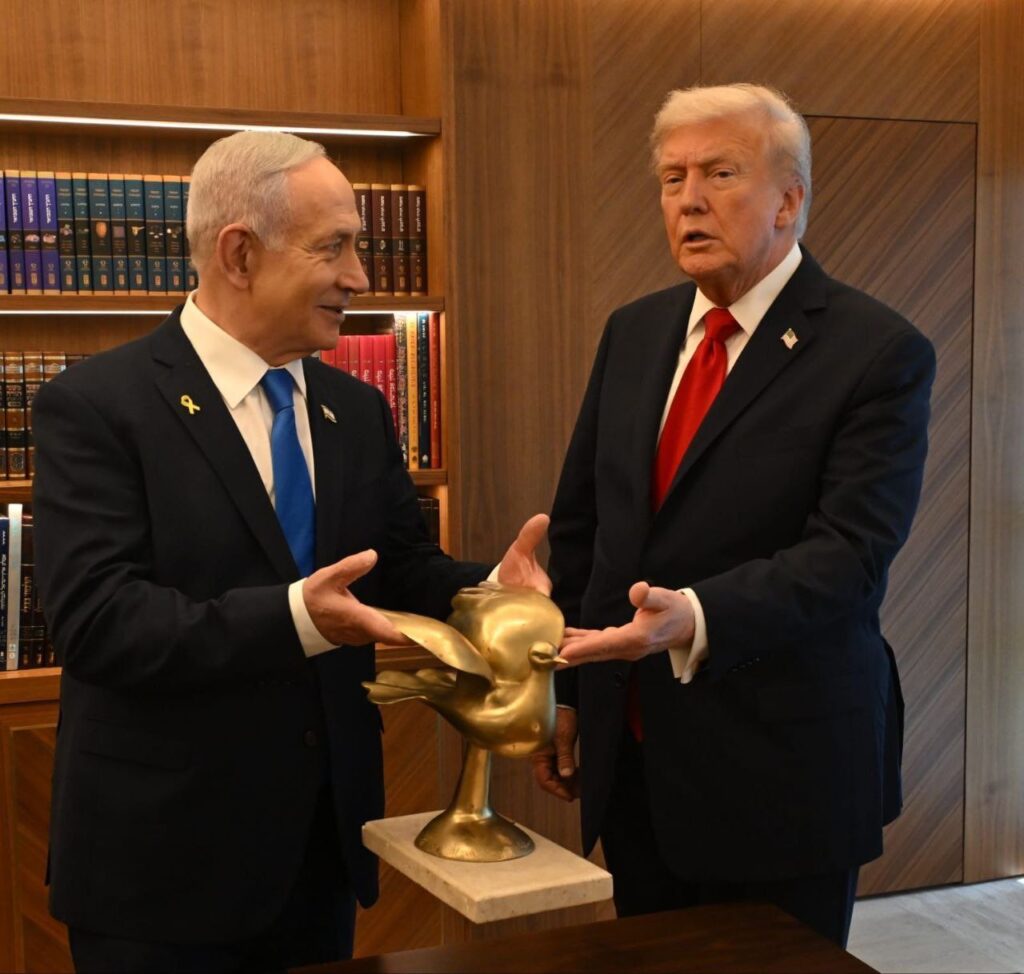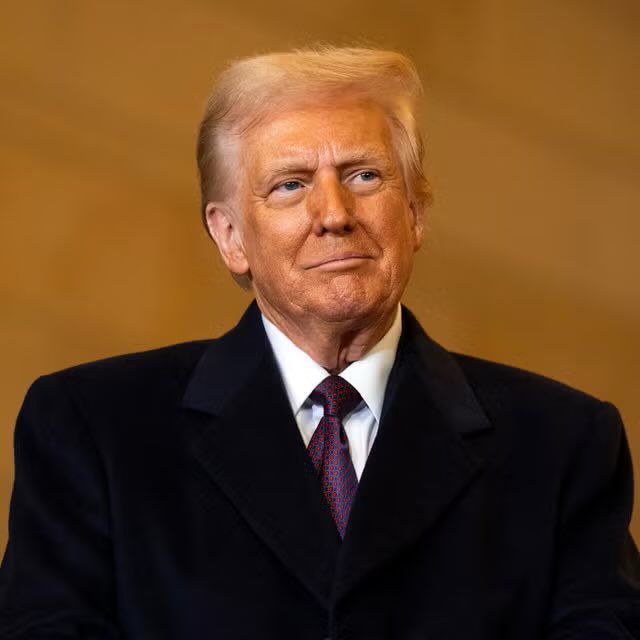As Israel and Hamas observe a pause in open warfare, the transfer of hostages signals both hope and uncertainty. On October 13, the Israeli government announced that the first group of living hostages, freed by Hamas, had been received and welcomed home. A second group, numbering around 13, was already in transit under the custody of the Red Cross in southern Gaza. The exchange forms part of a wider pact under which Hamas is releasing 20 living hostages in total in return for over 1,900 Palestinian prisoners held by Israel. The deal also includes the release of the remains of some 28 captives.
To understand how we arrived here, one must trace the arc of this war and the tensions driving every negotiation. The conflict reignited in October 2023 when Hamas launched a large-scale attack across southern Israel, prompting a forceful Israeli military response. Air strikes, ground incursions, blockades, and humanitarian crises have marked the months since. Civilian populations in Gaza have experienced immense suffering; hospitals are overwhelmed, homes destroyed, and shortages of water, food, and medical supplies remain acute. Over time, international diplomacy, mounting pressure from global powers, and the dire humanitarian conditions inside Gaza pushed both sides toward pauses and mediated exchanges.
Hostage release has long been a bone of contention. For Israel it is a matter of moral, political and security urgency; each captive’s return represents a human victory and a boost to public morale. For Hamas, the captives are bargaining chips, symbols of influence and leverage in talks. Exchanges like the current one draw on mediation from Egypt, Qatar, the United States and others who have worked for years to maintain communication channels in this conflict.
The current deal’s success hinges on delicate mechanics. The Red Cross is performing its traditional role as neutral custodian: receiving hostages in Gaza and facilitating secure transport to Israel. The routes, timing, security guarantees, and cross-side cooperation are under intense scrutiny. Weapons silences, prior deconfliction, and respect for the ceasefire corridors are all essential. If any party breaks its accord or attacks occur along the path, the entire trust architecture may collapse.
U.S. President Donald Trump has been at the center of the discourse, claiming he played a role in pushing Hamas toward the deal and suggesting that his influence with regional actors facilitated compromises. Trump’s narrative frames him as a mediator in the shadows, though independent confirmation of his direct influence is yet unclear in journalistic reporting. Analysts view his intervention as part of broader international pressure dynamics, where multiple players jockey for credit and influence in any peace breakthrough.

Still, the past cautions heavily. Previous ceasefires have unraveled due to localized violence, lack of enforcement or disagreements over implementation. The risk is that one side acts prematurely or accuses the other of bad faith and resumes conflict. Some hostages might arrive injured or traumatized, necessitating urgent care and trust that their treatment won’t be politicized. Likewise, the reintegration of Palestinian prisoners, and whether they will return to hostilities, is a matter Israel monitors closely.
For now the moment feels like a turning point. Israelis watched as freed hostages hugged loved ones, visibly shaken but alive. The exchanges boost confidence that limited, structured diplomacy still works amid the chaos. Yet the comparison between symbolic gains and the scale of destruction in Gaza remains stark. The freed hostages are a bright shard of hope in what remains a longer war of attrition.
Whether this deal will last depends on mutual restraint, the credibility of mediators, and pressure from global powers. If both sides honor the terms, if external actors hold parties accountable, and if humanitarian access expands, this arrangement could evolve into a broader truce or impetus for negotiations. If not, the fragility of this moment may break.
At its core, the returning hostages remind all involved of what is human in this war. Lives paused, families haunted, diplomacy tested. The deal’s working or failing will be measured not in treaties signed but in corridors kept open, guns silenced, people at peace.
Samuel Aina

